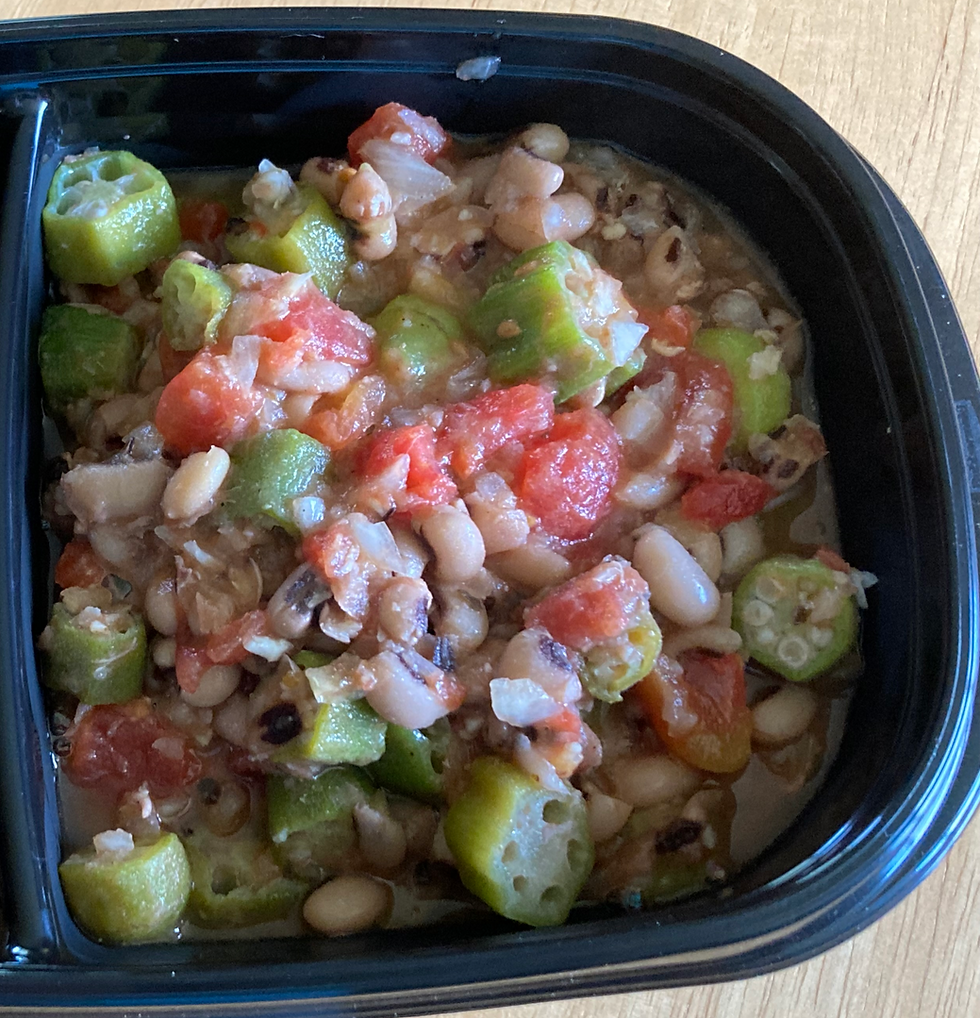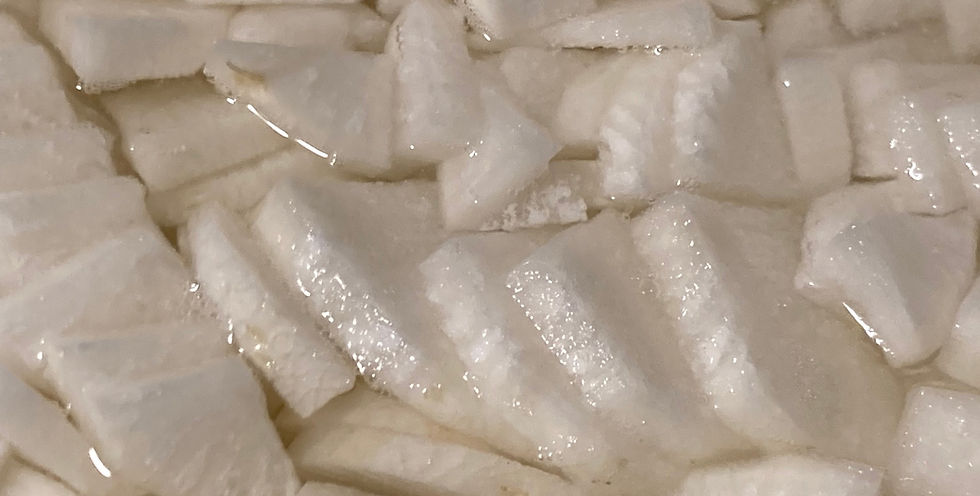Making a healthy plate with whole grains
- Juanita Weaver-Reiss
- Oct 23, 2016
- 2 min read
You would think that something new would be under the sun but it seems that for health, much of the older information is still what is being talked about. For instance, the guidelines for grains for the Dietary guidelines is to make half of the grains that you eat to be whole grains.
The reason for eating whole grains
If you are like me, I always want to know the reason for doing something. It is all in the construction of the whole grain.

As you can see from the picture of a whole grain there are three parts to it: the bran, the endosperm, and the germ.
The bran is the outer layer of the kernal. It contains antioxidants, B vitamins, and fiber.
The endosperm contains carbohydrates, proteins, and small amount of vitamins and minerals.
The germ portion contains B vitamins, some protein, minerals, and some healthy fats.
A whole grain food will contain all three portions with the nutrients that are unaltered by processing.
The whole grain foods contain a powerhouse supply of nutrition for the body, in the form of B vitamins, fiber, and antioxidants to prevent chronic diseases.
In contrast, an enriched grain or a refined grain are the terms to refer to grains that are not whole and are missing one or more of their three key parts. Enriching refers to the adding back in fewer than a half a dozen of the nutrients that are missing and in different proportions than what the original was to start with.
Benefits of eating whole grains include reductions for diabetes, stroke, and heart disease. It also can help with maintaining weight loss. It can help with blood pressure control, lower risk for colon cancer, healthier carotid arteries, and less gum disease and tooth loss.
How many servings per day?
Make half of your servings whole grain. That could be having one whole grain serving at each meal to meet this goal or three servings per day as a minimum amount to aim for.
Do a swap with foods to meet your goal of 3 servings per day
Whole grain pasta instead of white or refined pasta
Whole grain bread instead of white bread
Wild or brown rice instead of white rice
Eating ancient grains such as Amaranth and Quinoa
Choose a breakfast cereal that is made with whole grains such as Cheerios, Grape Nuts, Shredded wheat, Total, Post Selects Great Grains, Kashi GoLean Crunch. Or if you prefer hot cereals, choose Oatmeal, Ralston High Fiber, Oat Bran.
Go half with whole.
Juanita



Comments